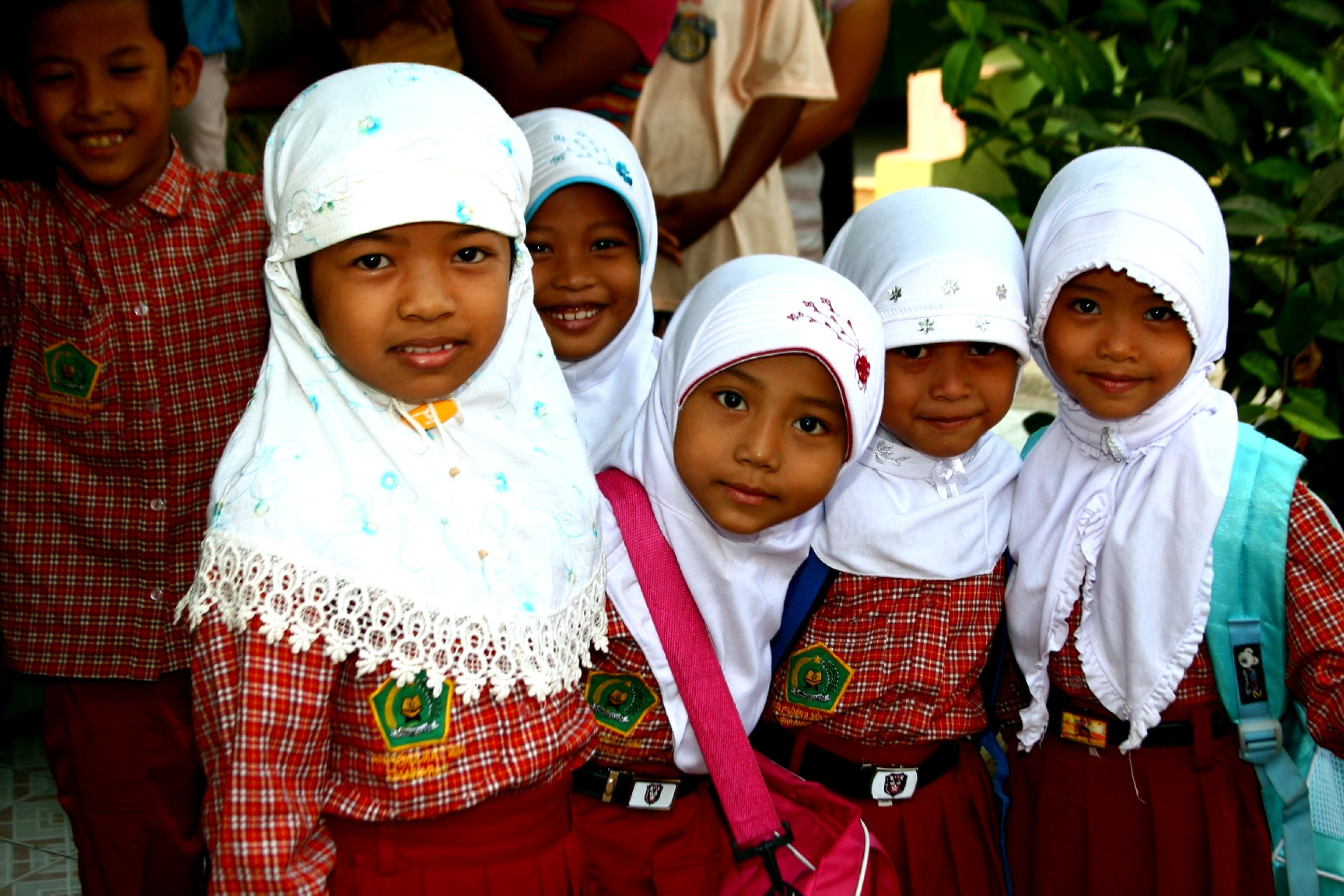The global fashion industry is a dynamic and ever-evolving landscape, with trends constantly shifting across continents. Among the many elements that define contemporary style, jackets have emerged as a staple in wardrobes worldwide. As the demand for customized and high-quality apparel grows, konveksi jaket—Indonesian for jacket manufacturing—has become a vital component of the international fashion supply chain. This guide explores the significance of konveksi jaket in shaping global fashion trends, highlighting its role in customization, sustainability, and cultural fusion.
The Rise of Konveksi Jaket in Global Fashion
Konveksi jaket refers to the production of jackets through local or specialized manufacturing units, often offering tailored designs and materials. In recent years, this sector has gained prominence due to its ability to meet the diverse needs of international markets. Unlike mass-produced garments, konveksi jaket allows for greater flexibility in design, fabric choice, and fit, making it an attractive option for brands seeking to differentiate themselves in a competitive market.
One of the key drivers behind the popularity of konveksi jaket is the increasing demand for personalized fashion. Consumers today are more conscious of their individuality and seek clothing that reflects their unique style. Local manufacturers in Indonesia, for instance, have adapted to this trend by offering bespoke services, enabling clients to choose from a wide range of fabrics, colors, and patterns. This level of customization not only enhances customer satisfaction but also fosters a deeper connection between the brand and its audience.
Sustainability and Ethical Production
As the fashion industry faces growing scrutiny over environmental impact, konveksi jaket has positioned itself as a sustainable alternative to fast fashion. Many local manufacturers prioritize eco-friendly practices, such as using organic materials, reducing waste, and implementing energy-efficient production methods. This commitment to sustainability resonates with global consumers who are increasingly aware of the environmental consequences of their purchasing decisions.
In addition to environmental benefits, konveksi jaket often supports ethical labor practices. Unlike large-scale factories that may face criticism for poor working conditions, smaller manufacturing units tend to offer better wages and safer environments for workers. This aligns with the values of socially conscious consumers who seek to support brands that prioritize both people and the planet.
Cultural Fusion and Global Influence
One of the most fascinating aspects of konveksi jaket is its role in blending traditional and modern aesthetics. Indonesian manufacturers frequently incorporate local motifs, textiles, and techniques into their designs, creating pieces that celebrate cultural heritage while appealing to international tastes. For example, jackets featuring batik patterns or handwoven fabrics have gained popularity among global fashion enthusiasts, showcasing the versatility of konveksi jaket in bridging cultural gaps.
This cultural fusion extends beyond design, influencing how fashion is perceived and consumed globally. By collaborating with international designers and brands, konveksi jaket manufacturers contribute to the cross-pollination of ideas, resulting in innovative and inclusive collections. Such collaborations not only elevate the profile of local craftsmanship but also promote a more diverse and interconnected fashion industry.
The Role of Technology in Modern Konveksi Jaket
Technology has played a significant role in transforming the konveksi jaket industry, enhancing efficiency and precision in production. Digital tools such as 3D design software, automated cutting machines, and online ordering systems have streamlined the manufacturing process, allowing for faster turnaround times and reduced costs. These advancements have made it easier for small businesses and independent designers to access high-quality jacket production without the need for large capital investments.
Moreover, e-commerce platforms have expanded the reach of konveksi jaket, enabling manufacturers to connect with customers around the world. Through online marketplaces and social media, brands can showcase their products to a global audience, fostering international collaboration and growth. This digital integration has further solidified the position of konveksi jaket as a key player in the global fashion ecosystem.
Challenges and Opportunities Ahead
Despite its many advantages, the konveksi jaket industry is not without challenges. Competition from mass-produced garments remains a hurdle, as lower prices can make it difficult for local manufacturers to compete. Additionally, navigating international trade regulations and logistics can be complex, requiring careful planning and strategic partnerships.
However, these challenges also present opportunities for innovation and expansion. By leveraging technology, building strong brand identities, and focusing on quality and sustainability, konveksi jaket manufacturers can carve out a niche in the global market. Collaborations with international fashion houses and participation in global trade events can further enhance visibility and credibility, opening doors to new markets and customers.
Conclusion
Konveksi jaket has evolved from a local manufacturing practice to a significant force in the global fashion industry. Its emphasis on customization, sustainability, and cultural expression makes it a valuable asset for brands and consumers alike. As the fashion landscape continues to change, the role of konveksi jaket will likely grow even further, shaping the future of apparel production in a more inclusive and responsible manner. Whether through traditional craftsmanship or cutting-edge technology, the impact of konveksi jaket on global fashion trends is undeniable.
